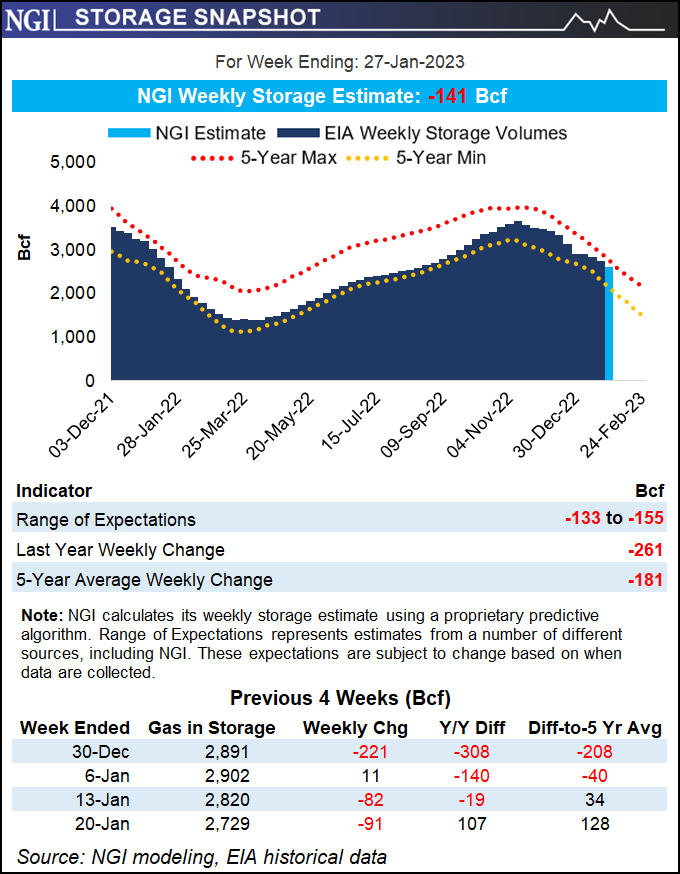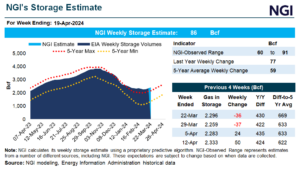Markets | Natural Gas Prices | NGI All News Access | Shale Daily
Natural Gas Futures Flounder as Quick Warm-Up Seen Negating Impacts from Winter Storm Mara
© 2024 Natural Gas Intelligence. All rights reserved.
ISSN © 1532-1231 | ISSN © 2577-9877 | ISSN © 2158-8023 |



